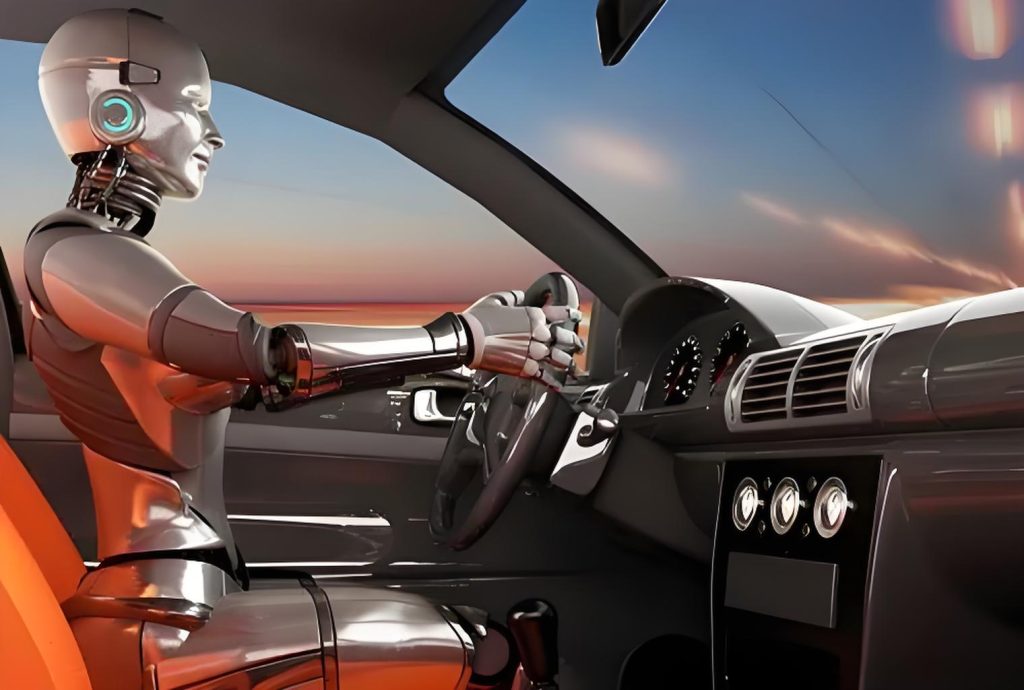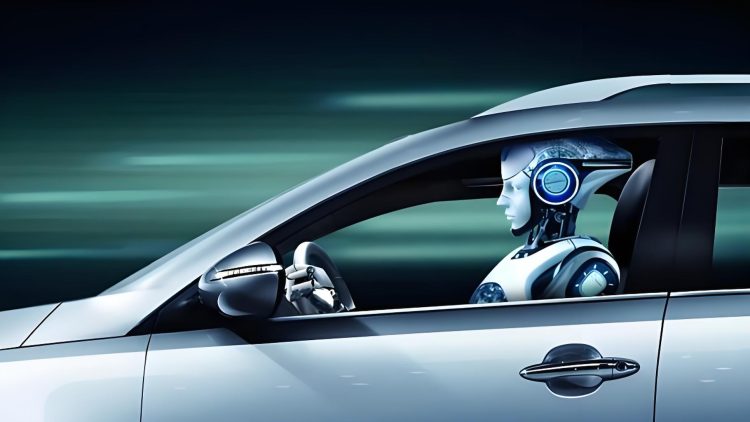In the dawn of the autonomous driving era, the concept of “machine drivers” is rapidly evolving from a futuristic vision to a tangible reality. As self-driving technologies advance at an unprecedented pace, the legal landscape surrounding these intelligent machines is undergoing a profound transformation. This article delves into the legal definition of machine drivers, exploring the regulatory frameworks necessary to govern this emerging domain.

Defining the Term: Machine Drivers
The term “machine drivers,” as it pertains to autonomous vehicles, refers to the intelligent systems that control and navigate vehicles without direct human intervention. These systems, often powered by advanced artificial intelligence and machine learning algorithms, are capable of perceiving their environment, making decisions, and executing maneuvers to safely transport passengers or goods.
However, the current legal framework, particularly the Road Traffic Safety Law and related regulations, primarily recognizes licensed human drivers as the sole operators of motor vehicles. Consequently, the legal status of machine drivers remains ambiguous, necessitating a revision of existing laws to accommodate this technological revolution.
Legislative Initiatives: Paving the Way for Legal Recognition
Several legislative initiatives worldwide have emerged to address this gap. For instance, National People’s Congress delegate and Chairman of Guangzhou Automobile Group, Zeng Qinghong, has proposed amendments to China’s Road Traffic Safety Law, advocating for the inclusion of a clear definition of “machine drivers.” This proposal underscores the importance of recognizing autonomous systems as legitimate operators of vehicles, thereby granting them a legal status.
Moreover, Zeng’s suggestions encompass several key regulatory measures, including:
- Mandatory Installation of Data Storage Devices: The proposal mandates the installation of black boxes or cloud-based data storage systems in intelligent driving vehicles to ensure the capture and preservation of critical operational data.
- Clarification of Accident Liability: It outlines that in cases where accidents occur under the control of an autonomous system, the responsibility falls on the producer of the system, acknowledging the need for clear legal accountability.
- Compulsory Insurance Coverage: To mitigate risks and disperse liabilities, the proposal advocates for incorporating product liability insurance for intelligent driving vehicles into the scope of compulsory insurance.
The Legal Framework: Balancing Innovation and Safety
As we navigate the legal landscape for machine drivers, it’s crucial to strike a delicate balance between fostering technological innovation and ensuring public safety. The legal framework must evolve to accommodate the unique challenges posed by autonomous systems, while also safeguarding the rights and interests of all road users.
Echoes of Isaac Asimov’s Three Laws of Robotics
While the legislative landscape for machine drivers is still nascent, the principles espoused by Isaac Asimov’s Three Laws of Robotics offer valuable insights. These laws, formulated in 1940, serve as a moral compass for robots, emphasizing their obligation not to harm humans, obey human orders (except when they conflict with the first law), and protect themselves (without violating the first two laws).
Although these laws were conceived in the context of science fiction, they resonate deeply with the ethical dilemmas surrounding autonomous systems today. As we develop legal frameworks for machine drivers, it’s imperative to consider these principles, ensuring that autonomous systems prioritize human safety and well-being.
Conclusion: Navigating the Future
The legal definition of machine drivers represents a pivotal moment in the evolution of transportation. As we forge ahead into the age of autonomous vehicles, it’s crucial to establish clear regulatory frameworks that balance technological advancement with public safety. By incorporating the principles of innovation, accountability, and ethical responsibility, we can pave the way for a future where machine drivers seamlessly integrate into our lives, enhancing safety, efficiency, and mobility for all.
In this endeavor, we must remain vigilant, continuously adapting our legal systems to the ever-evolving landscape of autonomous technologies. By doing so, we can harness the full potential of machine drivers, realizing a safer, more sustainable, and interconnected future for all.


















































Discussion about this post